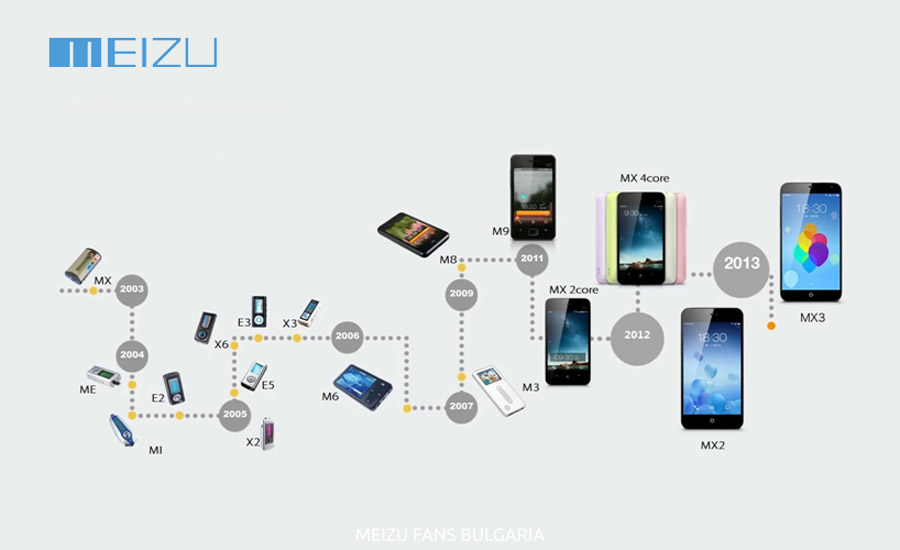
This year marks 16 years since the founding of Meizu. It started on March 14, 2003 with the production of MP3 players. It was founded by the young Huang Zhang, who started his business with only 100,000 yuan (at the current rate it is about 14,500 dollars). The company is headquartered in Zhuhai, Guangdong Province.
As for the translation of MEIZU (魅族), there are different versions, but the most reliable is: the first word „mei“ means charming, and „zu“ – a group of people, a generation.
In 2019, Meizu celebrates one anniversary – 10 years on the smartphone market. Let’s take a brief look at how the company has developed over the years, from the production of MP3 players to smartphones, headphones, power banks and other accessories.
The company’s first MP3 player, the Meizu MX, came out in June 2003. It has decent features – a small monochrome screen, up to 512MB of internal space and it is almost a copy of the iAudio CW300 of the South Korean company Cowon.
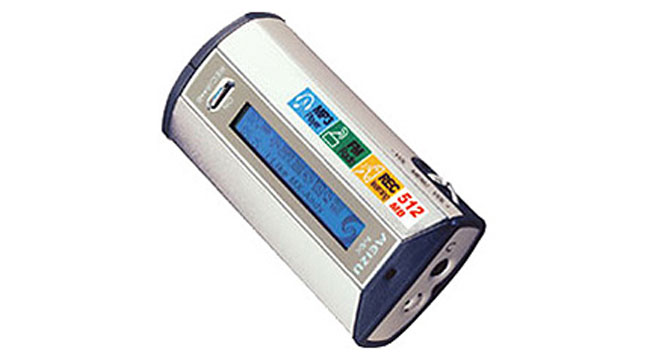
The next Meizu ME player was released in April 2004. At that time, the company still did not manufacture its players independently, but ordered them from OEMs, as do other brands. So here we have a resemblance to a competing model – Onda VX505. Meizu ME is equipped with Sigmatel 3520 chipset, 126/256/512MB internal memory and is controlled by a joystick.
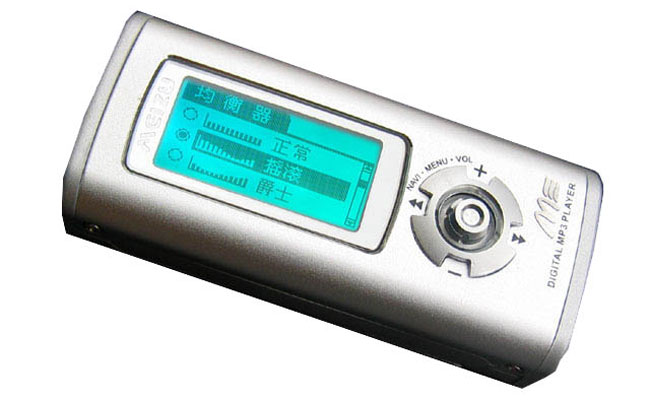
In July of the same year, Meizu MI was released, which already has a more interesting design of its own and is oriented towards the female audience.

In October 2004, the Meizu E2 came on the market. The player became a hit, as it sold panels in different colorful colors that users can change themselves. In addition, the TXT e-book function was added for the first time. On the other hand, Meizu E2 has a problem with the quality of the battery cover, which breaks easily, but the company decided to replace the broken covers of the users free of charge.
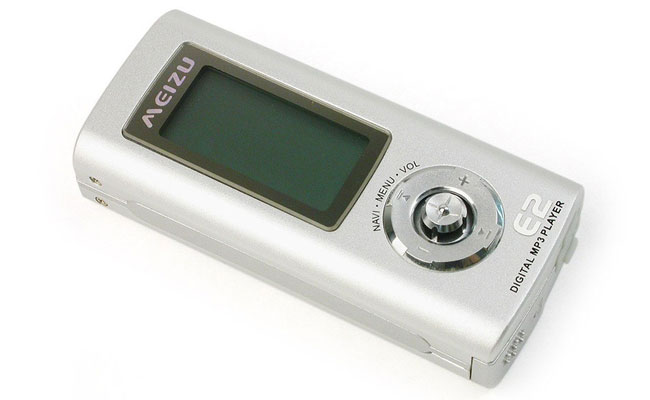
In January 2005, the modern-looking Meizu X2 was introduced, whose design with straight lines is aimed at the male audience. The body of the player is made of aluminum alloy, which makes it not only beautiful but also resistant to wear and corrosion.
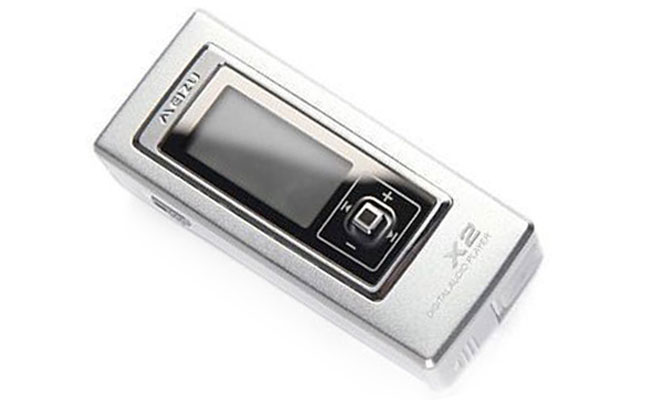
The Meizu E5 was released in April 2005. Several new technologies have been introduced in it. Instead of a joystick, it is equipped with a rotating wheel and a central control button. FM radio and alarm clock have also been added. This makes it very practical for working people, as well as the long playing time – one AA battery lasts up to 40 hours of listening to music.

In April 2005, the Meizu X6 was added to the company’s list of players. It has a modern compact design and a slim metal body.
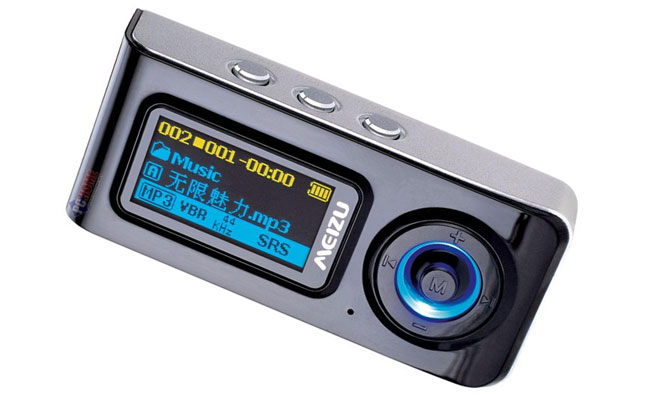
Then, in August and November 2005, the Meizu E3 and Meizu X3 were released, respectively. Meizu E3 has great success due to the quality chip Philips Nexperia PNX0102 used in it.
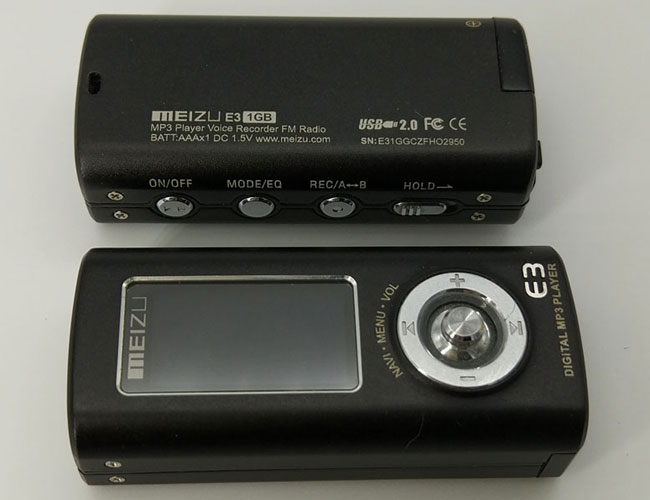
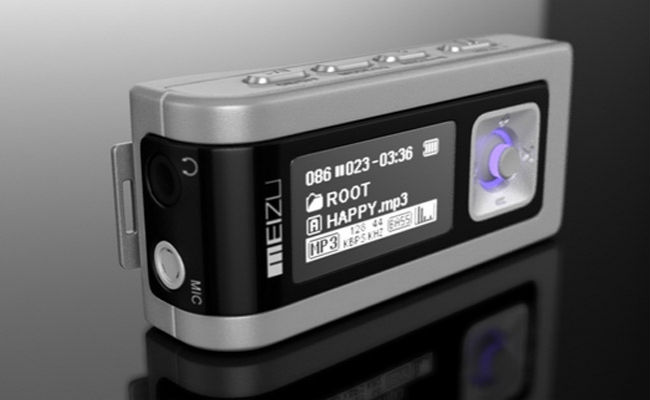
These two players already have the company logo changed in the meantime, which it uses until September 2015.
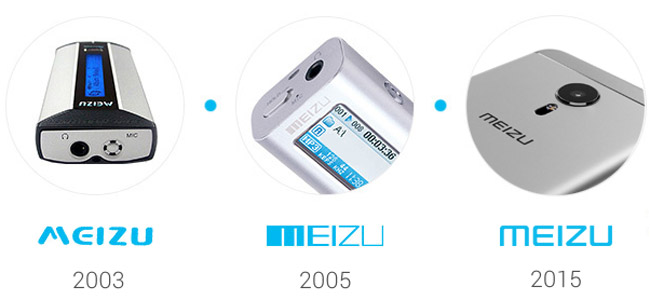
2006 begins for Meizu with some innovations. The popularity of MP3 players is declining, the fashion for larger displays is appearing. The company’s first color screen player, the Meizu E3c, will be released in February.
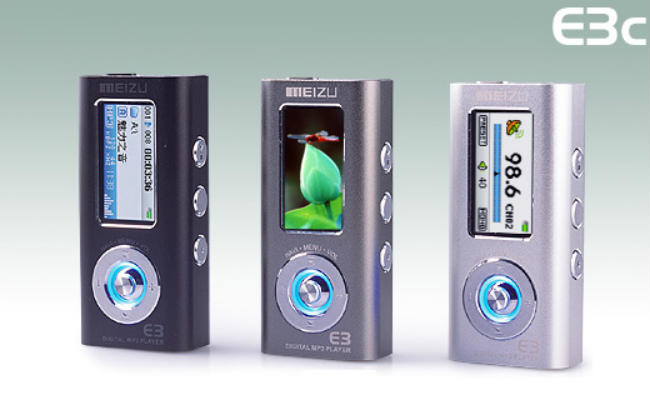
Apple has already introduced a fifth-generation iPod Classic, which can not only listen to music but also watch video. The era of MP4 players is beginning.
Meizu is not lagging behind the trend and in May they introduced the Meizu M6 MusicCard – an MP4 player with a 2.4-inch display and a resolution of 320×240 pixels, with the ability to watch videos, view photos and read e-books. In addition, the usual joystick controls have now been replaced by a hybrid panel with mechanical buttons with a touch surface.
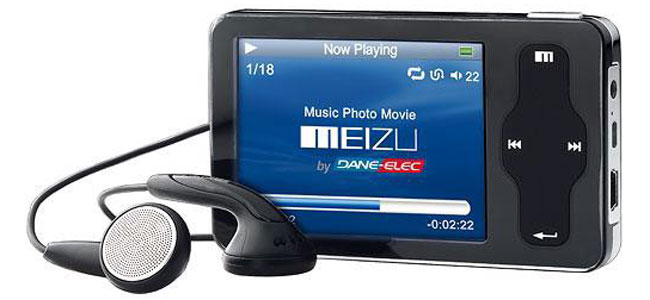
Meizu M6 has a drawback – the rear metal cover scratches very quickly. In September 2007, the company released an updated version of the model – M6 SL with a matte lid and a thinner body.
The company’s latest player, the Meizu M3 MusicCard, was released in March 2007.
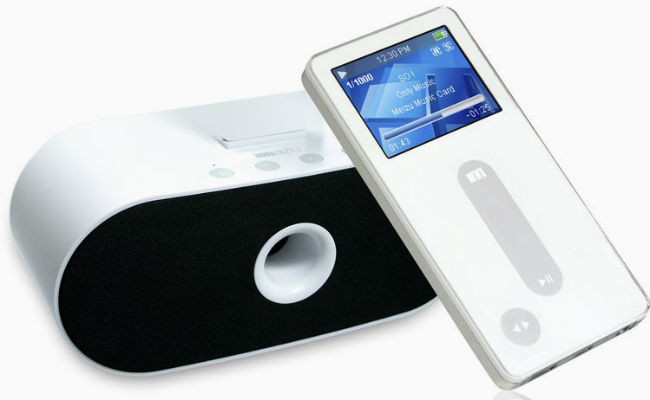
In September 2007, Huang Zhang announced in the forum Meizu M7 with a 2.8-inch touch screen display and a resolution of 480×288 pixels, but the player never appeared on the market.
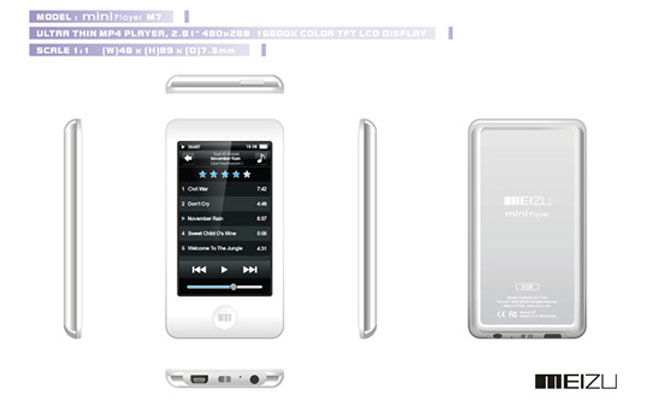
At the end of 2006, there was talk of developing a Meizu M8 based on the Windows CE operating system. The player should receive a 2.6-inch display and an ARM processor from Samsung, running at 533MHz.
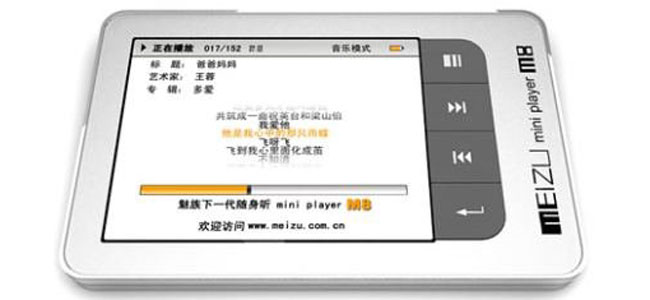
This player also does not see the light of day. The company’s plans are already changing. In January 2007, Apple announced its first iPhone, which will be released in late June. So the Meizu M8 grew into a smartphone that the company released in early 2009.
 FAN CLUB BULGARIA
FAN CLUB BULGARIA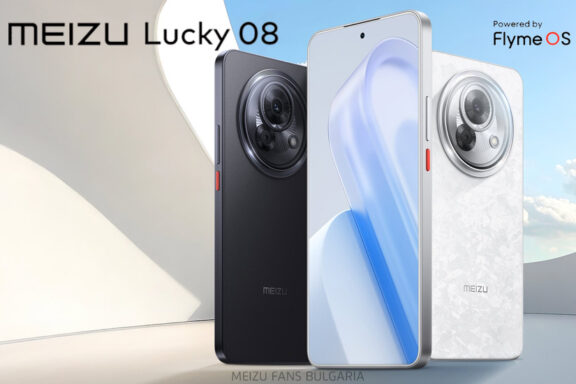 Meizu Lucky 08: A budget AI phone with flagship features
Meizu Lucky 08: A budget AI phone with flagship features Meizu Lucky 08, most powerful AI phone in the 2,000 yuan range, will be released this month
Meizu Lucky 08, most powerful AI phone in the 2,000 yuan range, will be released this month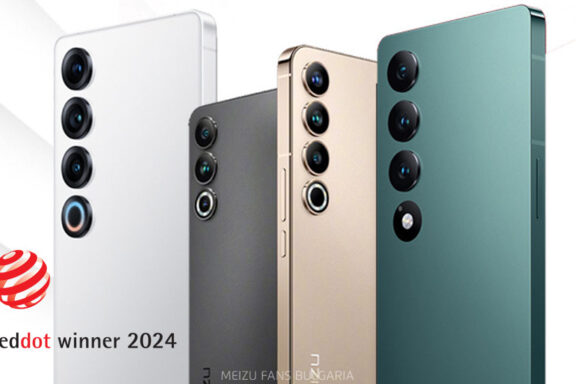 Meizu 20, Meizu 20 PRO, Meizu 20 INFINITY and Meizu 21 PRO won Red Dot Award 2024
Meizu 20, Meizu 20 PRO, Meizu 20 INFINITY and Meizu 21 PRO won Red Dot Award 2024